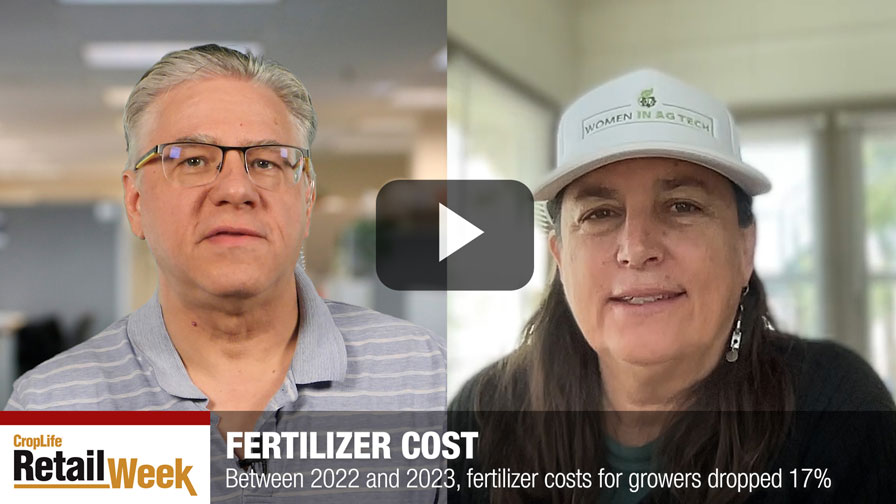Regenerative Agriculture Becomes a Global Priority
Big players in the food industry turned their focus to regenerative agriculture practices during the pandemic in hopes it could help minimize farming’s impact on global climate change and increase food production.
Starting in 2020, multinational companies announced big commitments and investments in regenerative agriculture to reduce carbon emissions, decrease water consumption, and improve soil health globally. Here are just a few examples from one of the featured articles in Meister Media Worldwide’s latest Global Insights Report on Soil Health:
 In 2021, PepsiCo shared its plan to introduce regenerative agriculture across the 7 million acres of land used for growing the company’s crops, to reduce 3 million tons of carbon emissions by 2030. That same year, Nestle announced its $1.3 billion investment to help its farmers and suppliers transition to regenerative agriculture practices.
In 2021, PepsiCo shared its plan to introduce regenerative agriculture across the 7 million acres of land used for growing the company’s crops, to reduce 3 million tons of carbon emissions by 2030. That same year, Nestle announced its $1.3 billion investment to help its farmers and suppliers transition to regenerative agriculture practices.
Starbucks announced its Planet Positive plan for sourcing coffee and tea that includes water conservation and soil health. In 2021, Starbucks contracted with 1,200 eco-mills in Guatemala, Mexico, Peru, Kenya, and Rwanda, for reducing 80% of water use in coffee processing and gathered 11,500 soil and foliar samples for soil health research.
This year, General Mills partnered with ALUS, a Canadian organization that supports farmers, and announced a $2.3 million investment for farmers to use regenerative agriculture in Manitoba and Saskatchewan, Canada.
The interest in this farming method goes far beyond large multinationals, according to the report.
The United Nations Food and Agriculture Organization (FAO) advocates for it. The U.S. based National Resources Defense Council (NRDC) submitted a policy recommendation for the United States 2023 Farm Bill in its Regenerative Agriculture: Farm Policy for the 21st Century asking the U.S. government to offer greater support to farmers and ranchers using regenerative farming methods. The NRDC interviewed 100 farmers and ranchers from 47 states to learn about barriers and opportunities for the adoption of regenerative agriculture practices and found the U.S. government overwhelmingly financially supports industrial agriculture practices over regenerative.
The article “Regenerative Agriculture Becomes a Global Priority” also includes insights from industry experts on trends in regenerative ag, how fast practices are going to be adopted by growers, and whether synthetic agrochemicals have a place in regenerative ag. To view the full report, click here.






